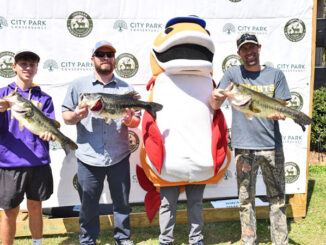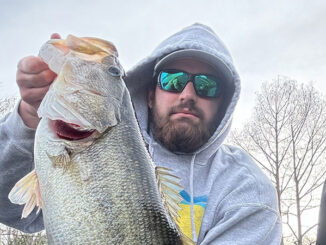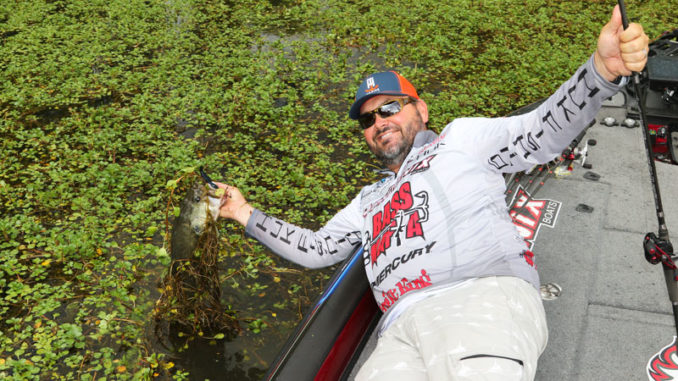
When spring reservoirs and river systems are a-flood, here’s how a top-drawer bass pro responds.
Greg Hackney isn’t intimidated by high-water conditions or even flooding when he fishes for bass in the spring.
A 45-year-old pro bass fisherman from Gonzales, Hackney has enough confidence and experience to get bass to bite under those conditions. Based on the way the table’s being set for late February and March, high water or flooding will be the norm in many bassing locales across Louisiana, including major river systems and Toledo Bend.
Those conditions make bass harder to find, Hackney, the 2014 B.A.S.S. Angler of the Year, admitted. He said such conditions are easier to overcome on a reservoir than in a river system where the overflow spreads out. At times, it can be like finding a needle in a haystack.
What to look for
Hackney said the key is to find and fish the highest spots in a reservoir or river system.
At Toledo Bend, for example, he said a prime place to target spawning bass is clean ground covered by rising water in a stand of pine trees providing shade in an area that has no brush. Also, look for flooded clear cuts or fire lanes where sunlight penetrates. Otherwise, he said, target inundated bushes and buck brush, keeping an eye out for a big tupelo gum or cypress tree in the bushes or, if there isn’t one, a bush that sticks out from others.
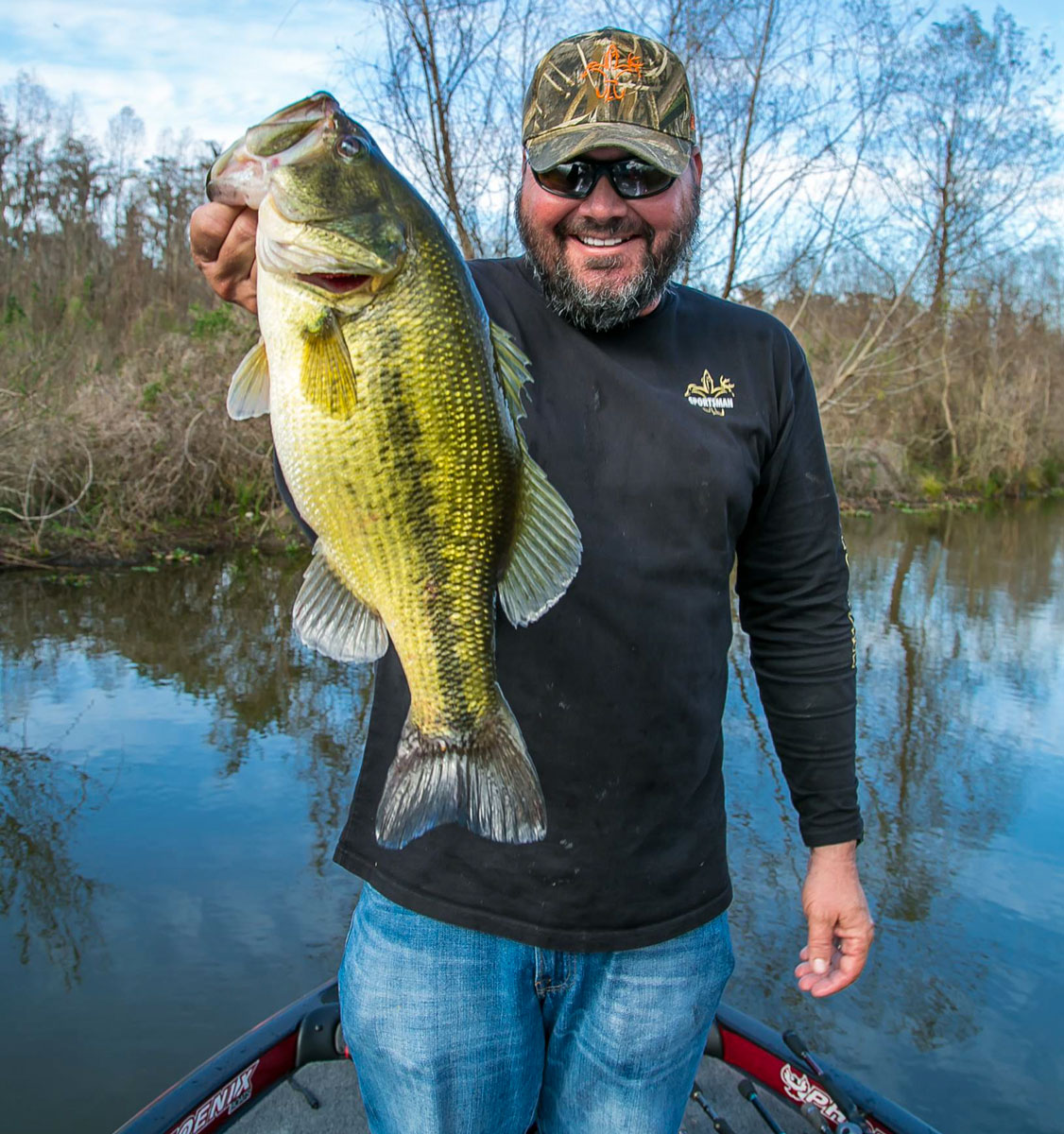
In the Atchafalaya Basin or similar river systems, find high spots that aren’t affected by the current. After all, the Mississippi River starts in Minnesota and winds through the heart of the country to the lower end of the Sportsman’s Paradise, he pointed out. That flowing water is as cold as ice, or close to it, so get away from it, he advised, noting that high spots will warm more quickly.
Often under those conditions, he’s had success traveling to the lowest part of the spillway, or he fishes on the Stephensville side, the Lake Verret area.
When to go
During the spring spawn, bass anglers “don’t have to be out there at the crack of daylight” for obvious reasons, Hackney said. Of course, the air temperature is colder at sunrise, but once the sun gets high in the sky, the water temperature climbs.
‘Roll out about 9,” he said. “Afternoon’s the best. The warmer the water, the better the bite.”
If you do fish in the early hours of the day, he said, make slower presentations to the bass.
What to throw
A horizontal bait such as a white Hack Attack spinnerbait is his favorite while bass are on the move before and after the spawn.
When bass “lock down” to spawn, they “guard the ground,” so pitching and flipping are effective. Females stick around longer when the water is in the high 50s or low 60s. If it’s warmer, the girls tend to leave earlier. Hackney’s go-to baits at this stage are a Strike King Rodent, Strike King Rage Bug, Strike King Lizard and Strike King Flippin’ Tube.
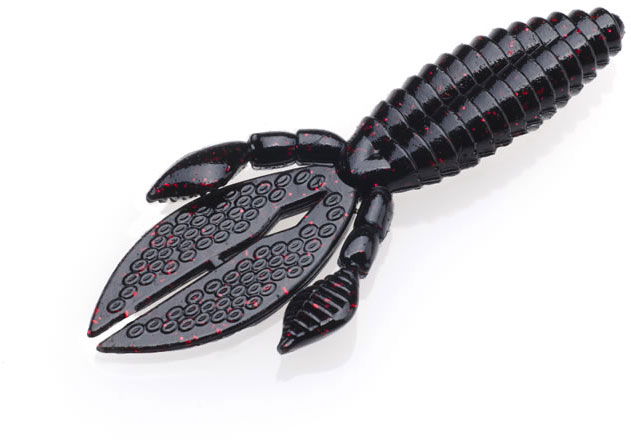

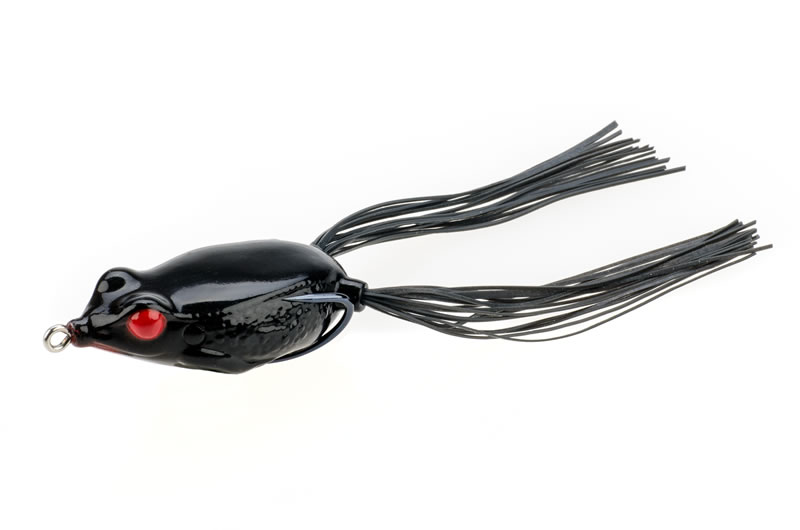
After eggs hatch and the fry are high in the water column, it’s time to offer a KVD Sexy Frog or a Hack Attack Pad Perch and a Strike King buzzbait. You know it’s time to throw those topwaters when the gnats are bugging you to no end, it’s humid with no wind and the barometric pressure’s low, he said.
The top colors
Water color is everything in picking the color of a soft-plastic bait for high-water situations.
Odds are, water in the backs of creeks at Toledo Bend and in many other areas are stained in March. Hackney goes strictly with black/neon soft plastics. When the water’s brown, he likes brown.
“You want a bait to look natural. You want bait to look like you see swimming in the water,” he said.
When the water is clearer, he turns to green pumpkin and Alabama bug.
However, Hackney also said he has caught bass on Strike King’s “doubleheader”colored soft plastics “in every state that bass exist.” It’s half watermelon/red and half green pumpkin.
